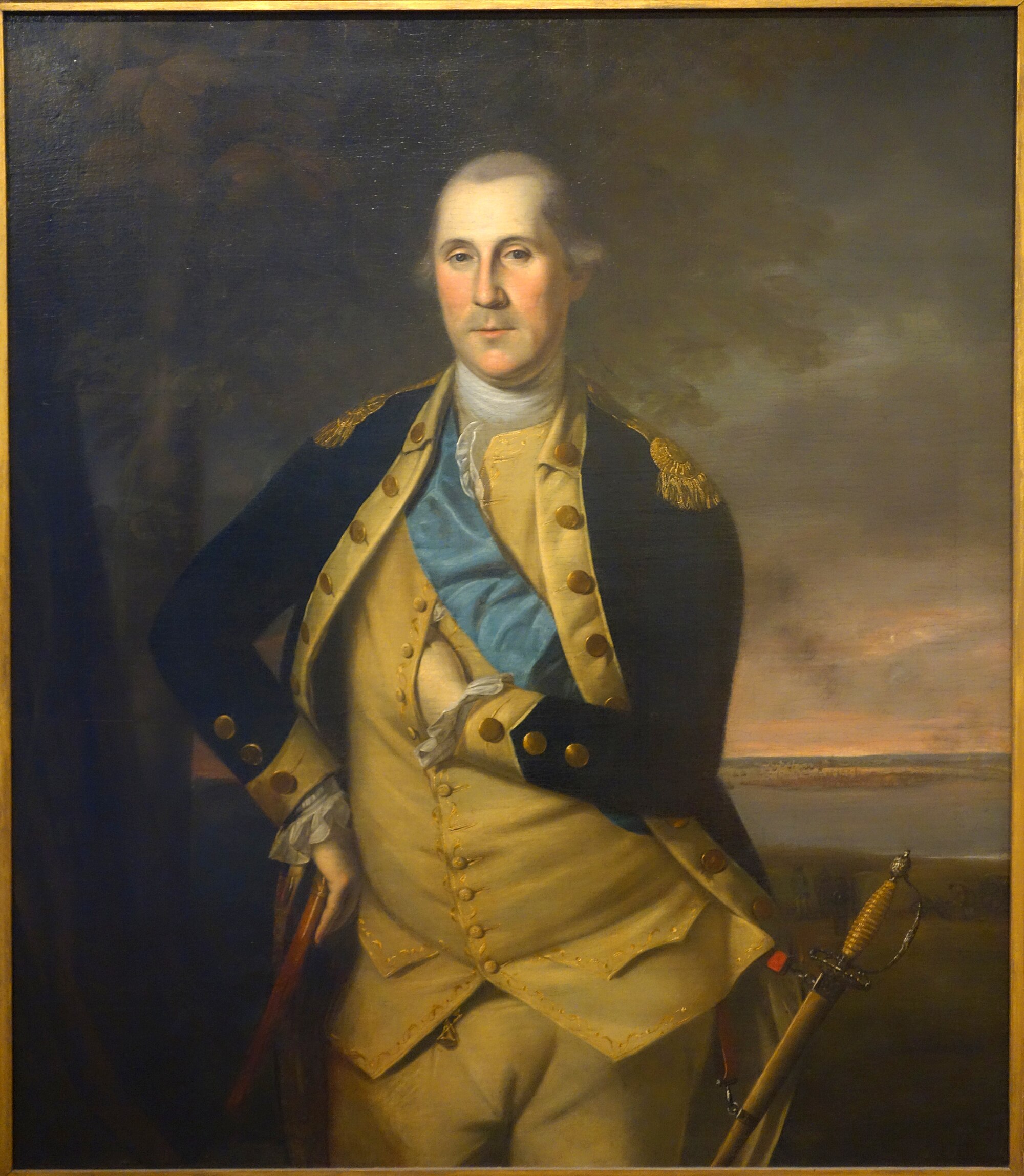
Ten days before the Battle of Long Island, George Washington issued a proclamation to all “Women, Children, and infirm Persons” to evacuate New York City on August 17, 1776.
He also ordered all officers and soldiers under his command to assist such persons.
Image of George Washington from 1776 via Wikimedia Commons, no known restrictions

On August 17, 1978 American hot air balloonists Ben Abruzzo, Max Anderson, and Larry Newman landed in Paris and became the first pilots to complete a transatlantic hot air balloon flight after departing from Maine 137 hours earlier.
Image via Wikimedia Commons, no known restrictions

Boat Landing with Docked Steamboat, Gambier Bay, Admiralty Island, Alaska — Probably 1913
A steamboat rests quietly at Gambier Bay, its identity unknown. Though most likely not the SS State of California, the image evokes the haunting memory of that ill-fated passenger steamer, which struck a submerged reef in these same waters on August 17, 1913. Calm seas and clear skies made the tragedy all the more surreal. Within minutes, the vessel began to sink, forcing 150 passengers and crew into a frantic evacuation amid cold, rising waters. Lifeboats were launched, but not all survived. Thirty-two lives were lost, including crew members and entire families. A 14-year-old girl, according to survivor accounts, died from fright as the ship went down.
Bound for San Francisco, the State of California carried hope, routine, and summer travelers. But in the stillness of the bay, disaster unfolded swiftly. Rescue launches saved 118 lives, yet the wreck remains one of Alaska’s deadliest maritime accidents.
This photograph, taken sometime between 1908 and 1918, likely in 1913, captures a moment of eerie calm—unrelated to the tragedy, yet inseparable from its memory. It invites reflection on the fragility of passage, the sovereignty of the sea, and the stories left behind in its wake.
Image via Wikimedia Commons, no known restrictions

David Crockett was born on August 17, 1786 in Limestone, Greene County, Tennessee.
At that time, the place of his birth was part of North Carolina.
Image: Colonel Crockett / engraved by C. Stuart from the original portrait by J.G. Chapman via Library of Congress, no known restrictions
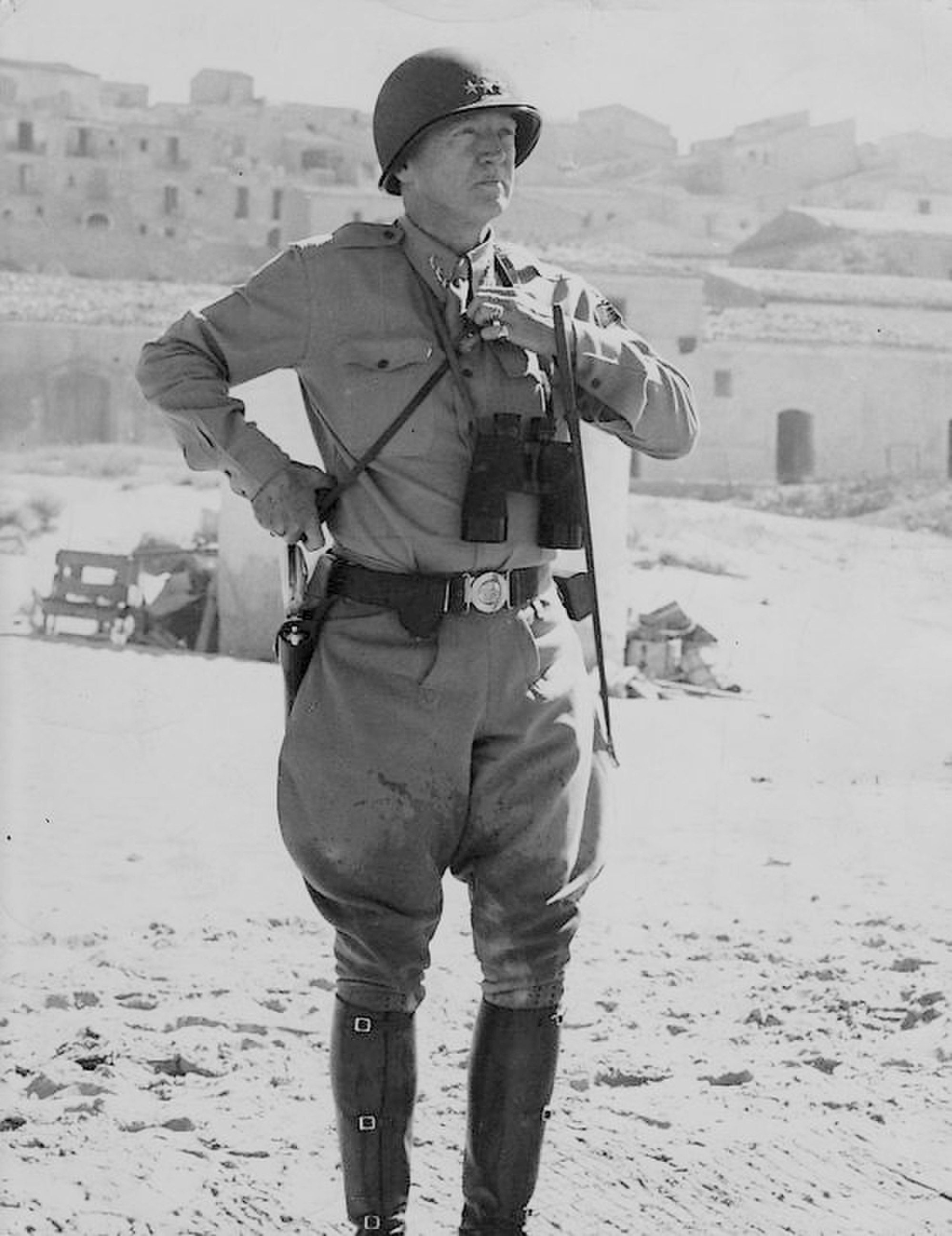
On August 17, 1943 Operation Husky concludes as General George S. Patton and his Seventh Army arrive at Messina on the Island of Sicily.
Image of General Patton on Sicily in 1943 via Wikimedia Commons, public domain

On August 17, 1862 in a clearing near Acton, Minnesota, five settlers lay dead—shot by four young Wahpeton Dakota men after a tense confrontation.
What began as a dare over stolen eggs erupted into violence, igniting the U.S.–Dakota War of 1862. Beneath the surface of this moment lay years of broken treaties, withheld annuities, and the slow starvation of Dakota communities forced onto shrinking lands. The killings were not random—they were a rupture, a desperate signal from a people cornered by colonial expansion and bureaucratic neglect.
This was not the beginning of conflict, but the breaking point. Within hours, Dakota leaders debated war. By dawn, Little Crow had agreed to lead his people into battle. The war would last six weeks, claim hundreds of lives, and end with mass executions, exile, and the near-erasure of Dakota presence in Minnesota.
Image: Acton Incident Marker from Myotus via Wikimedia Commons, CC BY 4.0
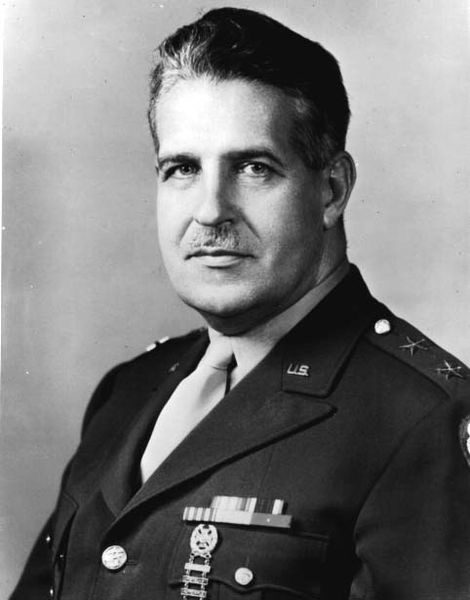
Born August 17, 1896 General Leslie R. Groves was seen by fellow Army officers and superiors as “a doer, a driver, and a stickler for duty.” He employed those qualities to successfully oversee construction of the Pentagon and supervise the Manhattan Project, creating the first atomic bombs.
Image via Wikimedia Commons, public domain in the US

Andersonville Prison, Ga., August 17, 1864. Issuing rations, view from main gate
Image via Library of Congress, no known restrictions

Boeing B-17F formation over Schweinfurt, Germany, on August 17, 1943
Image via Wikimedia Commons, public domain
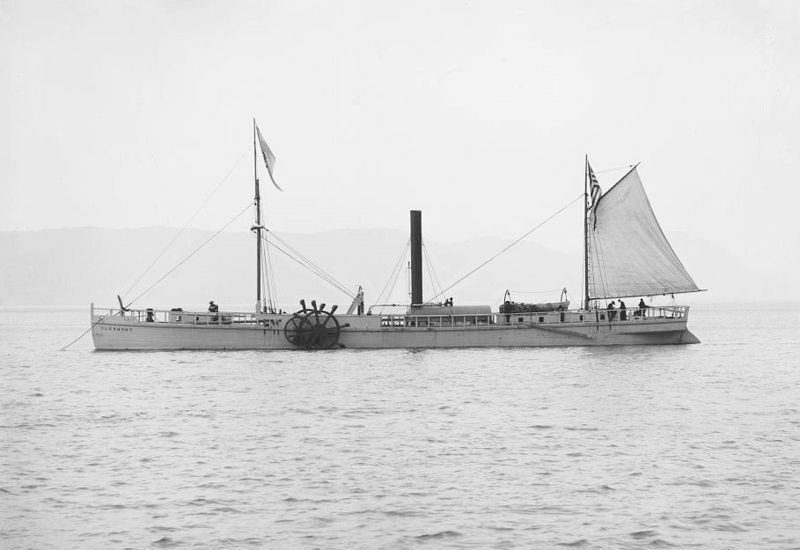
Image via LOC via Wikimedia Commons, public domain in the US
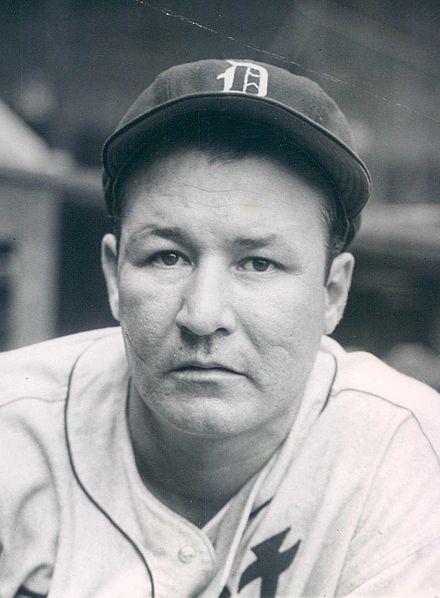
Pro baseball player Rudy York was born on August 17, 1913 in Ragland, Alabama.
During his rookie season in 1937 he hit eighteen home runs in one month and broke a record that was held by Babe Ruth.
Image via Wikimedia Commons, public domain

Hollywood actress Mae West was born on August 17, 1893 in Brooklyn, New York.
Image: Cary Grant & Mae West in I’m No Angel, 1933 via Wikimedia Commons, public domain

Christine McVie officially joined Fleetwood Mac on August 17, 1970, becoming its first female full-time member and emotional anchor. Her warm, melodic sensibility helped stabilize the band after Peter Green’s departure, laying the groundwork for its transformation.
Born in England and steeped in British blues, she relocated to California in the mid-1970s as the band transformed into a transatlantic force.
Five years later, her ballad ‘Over My Head’—written in a Malibu apartment on a portable Hohner—became their first U.S. Top 40 hit since 1969. With its smoky alto, wistful lyrics, and soft organ textures, McVie’s voice gave the band not just a breakthrough, but a soul.
Image of McVie in 1977 via Wikimedia Commons, public domain

Actress Maureen O’Hara was born on August 17, 1920 in Dublin, Ireland.
When she was 15 she won a national drama competition for her role in Shakespeare’s The Merchant of Venice as Portia.
She became an American citizen in 1946.
Image via Wikimedia Commons, public domain

Women at the New York Recruiting Office being sworn in as U.S. Marine privates on August 17, 1918.
Image from USMC Archives via Wikimedia Commons, CC BY 2.0


